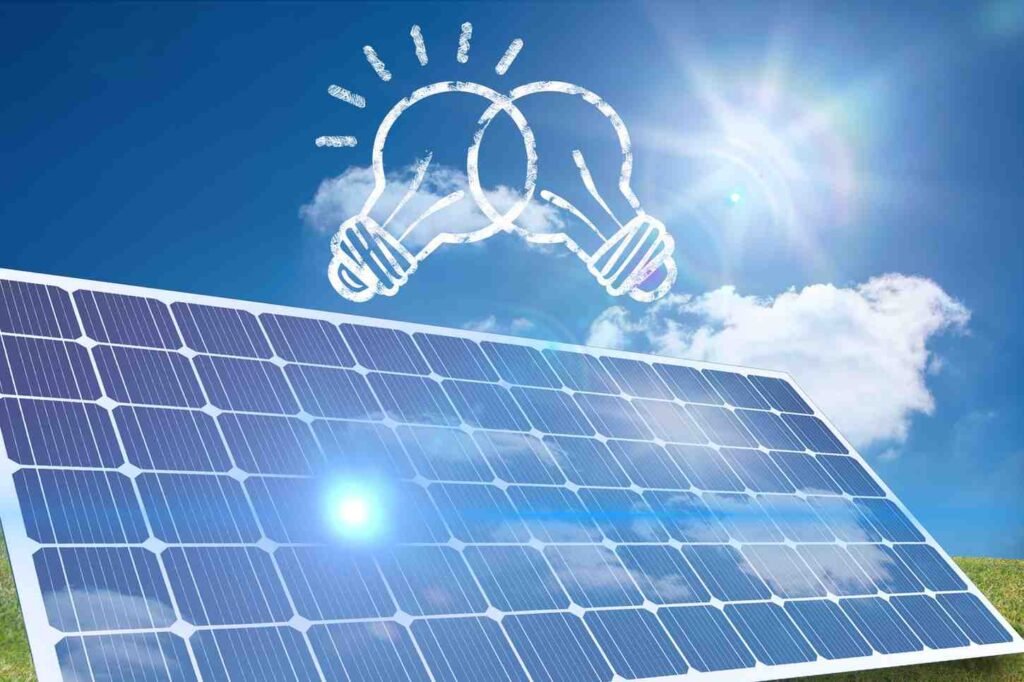How Many Solar Panels to Achieve 4.863kW Power?
If you’re planning to switch to solar, one of the first questions that might come to mind is: “How many solar panels to achieve 4.863kW power?” Searching for the answer can often lead to frustration with complex calculations and too much technical jargon. Don’t worry—we’ve got you covered!
Many people struggle to find clear answers because most resources are either too technical or don’t address common concerns like panel efficiency, roof space, or costs. Let’s solve that step by step.
What Does 4.863kW Mean?
Before diving into the number of panels, let’s clarify what 4.863kW means. It refers to the power capacity of the solar energy system. In simpler terms, if your solar system can produce 4.863kW of electricity under ideal conditions, it can supply power to most household appliances and devices for daily use.
- Kilowatt (kW): 1,000 watts. A 4.863kW system equals 4,863 watts of power generation capability.
- This system size is ideal for medium-sized homes or small businesses looking to offset significant portions of their electricity bills.
The Starting Point: Calculate the Number of Panels
For more simplicity, you better know how many solar panels is 1 kW. Roughly 4-6 solar panels are required to produce 1kW power.
To find out the big number of panels are needed, follow this basic formula:
Number of Panels=Total system size in wattsPanel wattage
For example,
If you opt for 400W solar panels,
Number of Panels=4,863W400W=13 panels
Why Panel Efficiency and Type Matter

Not all solar panels are the same. The efficiency of a panel impacts its power output and size. More efficient panels produce more energy using less space, making them a better choice for smaller roofs.
Types of Solar Panels:
- Monocrystalline Panels:
- Efficiency: ~20%
- Best for: Small roof spaces or high electricity needs.
- Cost: Higher upfront cost but better long-term performance.
- Polycrystalline Panels:
- Efficiency: ~15-17%
- Best for: Large roof spaces with moderate budgets.
- Cost: Affordable but requires more panels for the same output.
For example, If you live in a sunny area and your roof space is limited, Monocrystalline panels might be worth the investment because you can achieve your 4.863kW target with fewer panels.
Related What Solar Pannel Makes the Most Watts Per Square Foot?
Location, Sunlight, and Power Output
Your location directly affects how many panels you’ll need. The amount of sunlight in your area—measured in Peak Sun Hours (PSH)—determines how much power your system generates. If your area receives less sunlight, you might need to install more panels or opt for higher-efficiency ones to compensate for the energy gap.
Roof Space and Orientation
Another key factor is how much space you have on your roof. Solar panels typically measure about 5.4 feet by 3.25 feet (17.5 square feet).
- Space Requirement:
- For 350W panels, achieving 4.863kW requires 245–280 sq. ft.
- Orientation:
- South-facing roofs receive the most sunlight in the Northern Hemisphere.
- Flat or east-west roofs can work with adjustable mounting systems.
Example:
If your roof is small or oddly shaped, you might struggle to fit 14 panels. In this case, opt for higher-wattage solar panels (e.g., 400W or more) or consider ground-mounted systems.
System Losses: Plan for Realistic Output
Solar energy systems aren’t 100% efficient due to factors like:
- Shading from trees or nearby buildings.
- Dust and dirt on panels.
- Inverter losses during energy conversion.
Typically, you can expect a 15% reduction in system performance.
Adjusted Calculation:
Adjusted panels=4,863WPanel wattage0.85
For 400W panels,
Adjusted panels=4,863W400 0.8514 panels
Cost Breakdown
One of the biggest concerns is cost. Let’s break it down:
Panel Costs:
Average cost per panel: $200–$400.
For 14 panels at $300 each: Cost of panels=14×300=$4,200
Installation Costs:
Average cost per kW: $2,500–$3,000.
For a 4.863kW system: Installation cost=4.863×2,750≈$13,373
Total Cost:
Total cost=4,200+13,373=$17,573
Wrapping Up
To achieve 4.863kW, you’ll likely need 14–16 solar panels, depending on the wattage and efficiency of the panels you choose. Don’t forget to factor in location, roof space, and system losses when planning your installation. By understanding these key elements, you’ll be well-prepared to make the transition to clean, renewable energy that saves you money in the long run.
For personalized advice, consult a solar energy expert to analyze your home’s specific requirements. Ready to go solar? Start planning today!
Frequently Asked Questions
Can I generate extra power for future needs?
Yes, consider installing a slightly larger system (e.g., 5kW) to account for future appliances or electric vehicle charging.
What if my roof is shaded?
Micro-inverters or power optimizers can minimize the impact of shading on system output.
Do I need battery storage?
Not necessarily. Batteries are optional but helpful for storing excess energy or ensuring power during outages.



